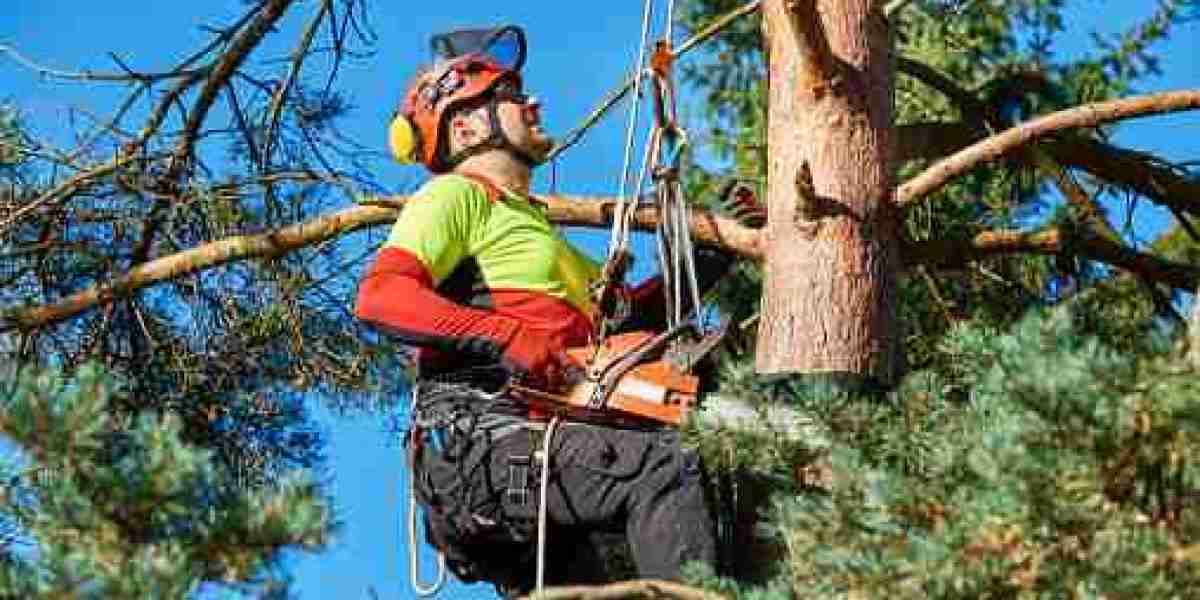Spending time outdoors in the summer is fantastic—until the heat becomes unbearable. Whether you're relaxing on your patio, running a commercial event, or setting up an outdoor dining area, an outdoor air conditioner can be a game-changer. But how do you pick the right one for your needs?
This comprehensive guide dives deep into everything you need to know about outdoor air conditioning—from types, energy efficiency, cooling capacity, maintenance, to real-world applications—helping you make a smart, comfortable, and energy-conscious choice.
✅ What Is an Outdoor Air Conditioner?
An outdoor air conditioner is a cooling system designed to reduce temperatures in open or semi-open environments such as patios, decks, outdoor restaurants, warehouses, tents, and event spaces. Unlike indoor units, these systems are built to withstand environmental elements like dust, rain, and sun.
There are several categories:
Portable evaporative coolers
Outdoor split systems
Commercial-grade air conditioners
Mist fans and hybrid cooling units
Each offers unique benefits depending on your climate, space size, and usage.
? Comparison Table: Outdoor AC Types at a Glance
| Type | Best For | Cooling Method | Power Source | Mobility |
|---|---|---|---|---|
| Evaporative Coolers | Dry Climates, Patios | Water Evaporation | Electric | High |
| Outdoor Split Systems | Permanent Installations | Refrigerant Cycle | Electric (High Voltage) | Low |
| Commercial Portable Units | Events, Outdoor Dining Areas | Compressor + Fan | Electric or Generator | Medium |
| Misting Fans | Temporary Cooling, Spot Use | Water Spray + Fan | Electric/Water Line | High |
? Why Outdoor Air Conditioners Matter in 2025
With global temperatures rising, outdoor environments are no longer just seasonal luxury zones—they're becoming essential extensions of living and commercial spaces. Here’s why:
Outdoor dining surged by 65% in 2023 globally (source: restaurant trend studies)
Health implications of heat exposure are rising—outdoor cooling promotes comfort and safety
Energy-efficient models reduce electricity bills and carbon footprint
? How to Choose the Right Outdoor Air Conditioner
When evaluating options, these are the critical factors to consider:
1. Climate Zone
Dry heat (e.g., Arizona, Dubai): Opt for evaporative coolers
Humid areas (e.g., Florida, Southeast Asia): Choose refrigerant-based ACs
2. Space Size & Coverage
Small patio: Units with CFM (Cubic Feet per Minute) between 200–500
Medium-size café: Around 700–1,500 CFM
Large outdoor events or warehouses: 2,000+ CFM or BTU-based split units
3. Portability
Portable units offer flexibility, ideal for renters or event hosts
Fixed split ACs suit commercial venues with long-term needs
4. Power Requirements
Standard models: 120V household outlets
Industrial units: 220–240V or generator compatible
5. Noise Levels
Check decibel ratings:
Under 60 dB is ideal for quiet environments
60–75 dB suits commercial zones
? Pro Tip: CFM vs BTU—What’s the Difference?
CFM (Cubic Feet per Minute) measures airflow, useful for evaporative units.
BTU (British Thermal Units) measures cooling capacity, best for refrigerant-based systems.
Formula:
BTU Needed = Square Footage × 20
For example, a 500 sq. ft. outdoor café would need approximately 10,000 BTUs.
? Maintenance and Durability Tips
Outdoor environments expose units to harsher conditions. Here’s how to keep your investment lasting:
UV-resistant covers for portable units
Regular filter cleaning (every 2 weeks in dusty areas)
Drain standing water to prevent mold
Descale evaporative pads every season
Use weather-resistant extension cords if applicable
? Energy Efficiency & Sustainability
With rising utility costs and eco-awareness, choose units that offer:
Energy Star Certification
Timer and thermostat settings
Inverter technology for energy savings
Water-saving mist systems (for evaporative units)
? Use Cases: Who Needs an Outdoor Air Conditioner?
1. Residential Patios & Balconies
Stay cool while enjoying barbecues or evening chats.
2. Outdoor Restaurants & Cafés
Enhance customer experience and extend operating seasons.
3. Event Management & Wedding Venues
Provide guest comfort during summer events or tented parties.
4. Warehouses & Loading Docks
Ensure workers remain productive and safe in hot conditions.
5. RV Campsites or Mobile Food Trucks
Portable units provide cooling flexibility on the go.
❓ FAQs: Outdoor Air Conditioner Questions Answered
Q1: Can I use a regular indoor AC unit outside?
No. Indoor AC units aren’t built to withstand outdoor weather. It may lead to safety issues and reduced unit life.
Q2: Are outdoor air conditioners waterproof?
Most are water-resistant but not waterproof. Always check the IP rating:
IPX4: Splash-proof
IPX5–IPX6: Water-jet resistant
Q3: How much water do evaporative coolers use?
Roughly 3 to 10 gallons per hour, depending on size and speed.
Q4: What’s the average power consumption?
Evaporative units: 100–400 watts/hour
Split systems: 1,500–5,000 watts/hour
Misting fans: 50–150 watts/hour
Q5: Are there solar-powered outdoor ACs?
Yes, solar hybrid models are emerging, but they typically require a battery storage system to function during cloudy periods.
?️ Expert Tip: How to Maximize Outdoor Cooling
Use shade sails or pergolas to reduce direct sunlight
Place units at crosswind points to boost airflow
Combine misting fans + evaporative coolers for large open zones
Consider insulated curtains for semi-open tents








